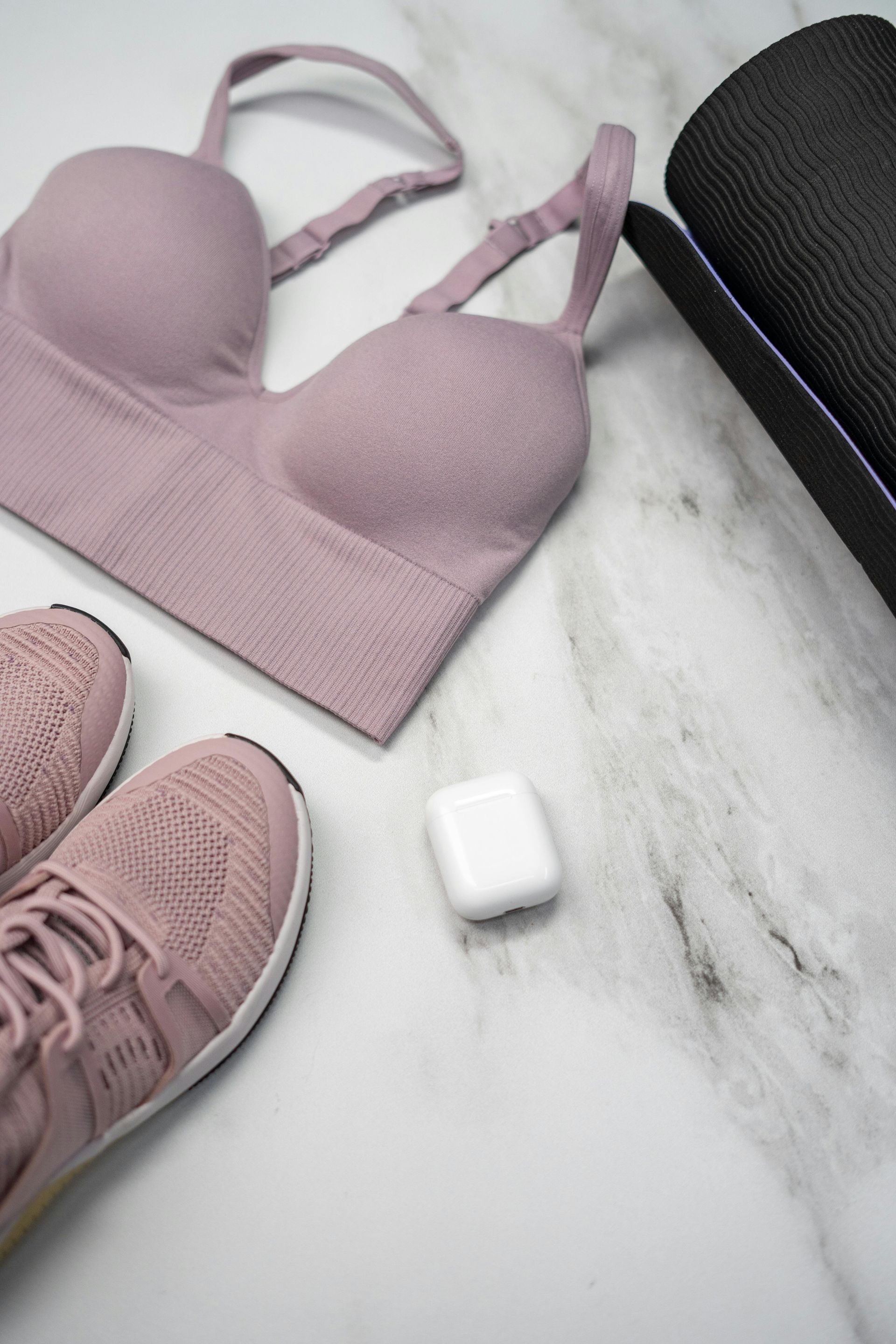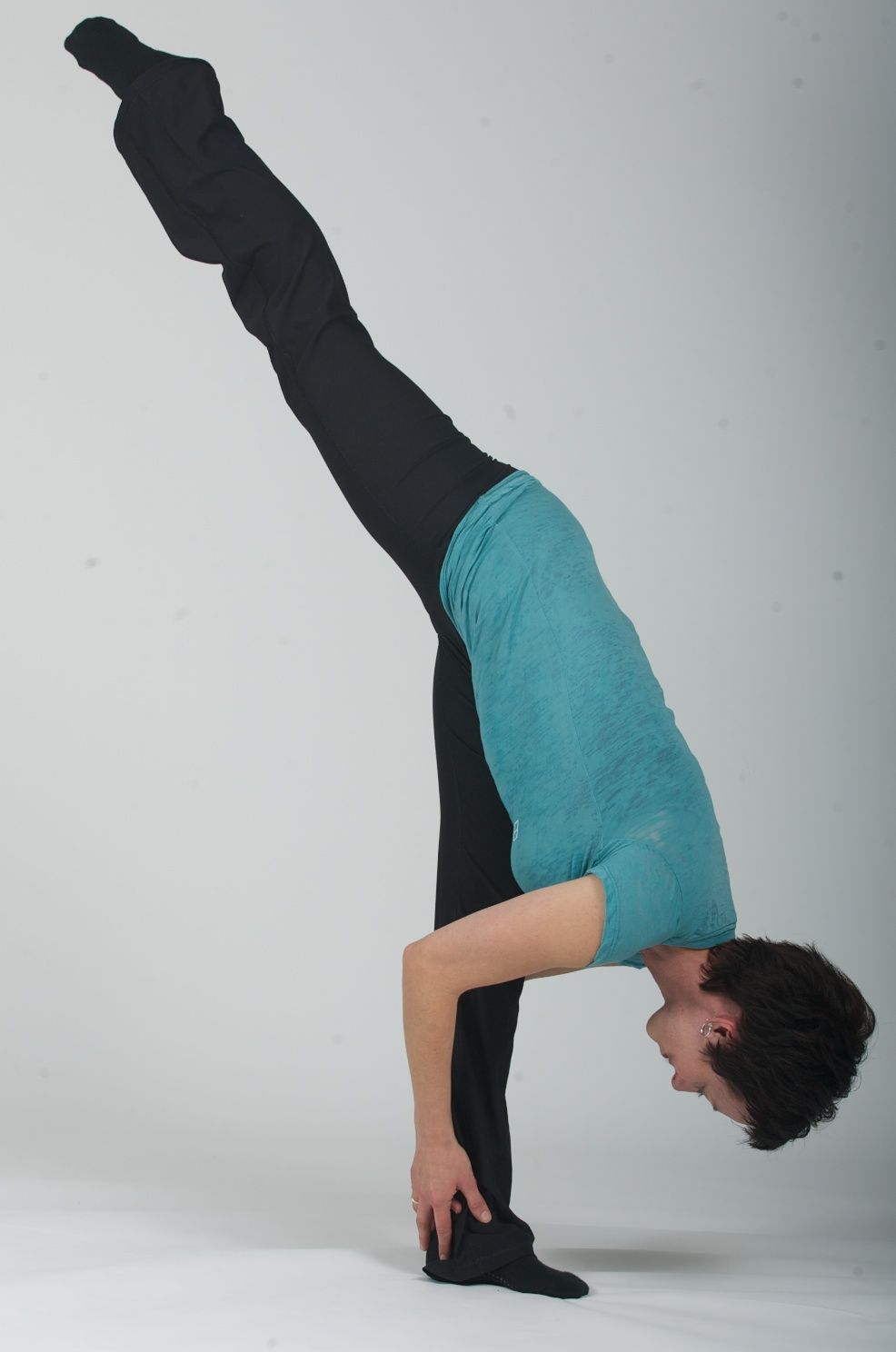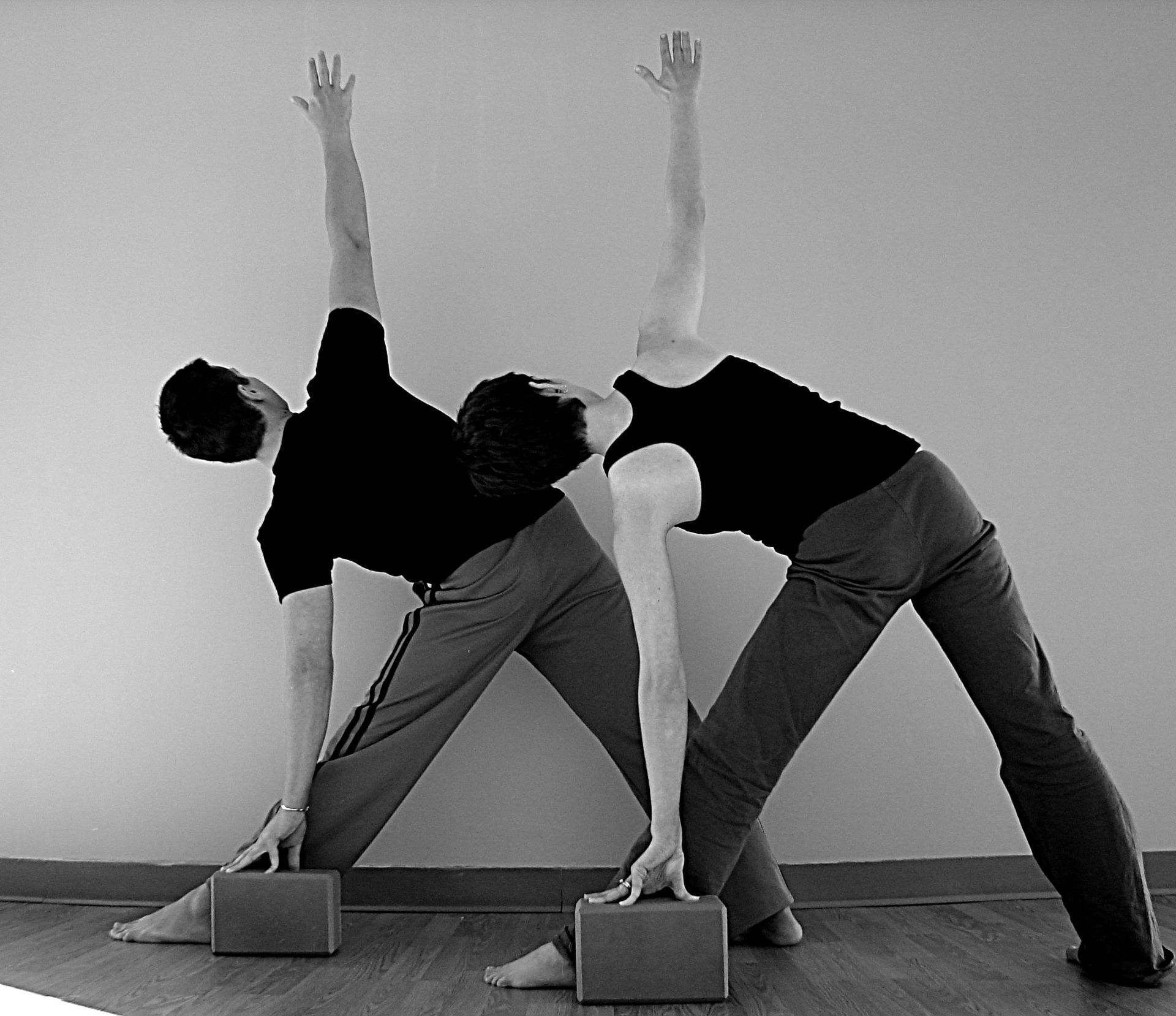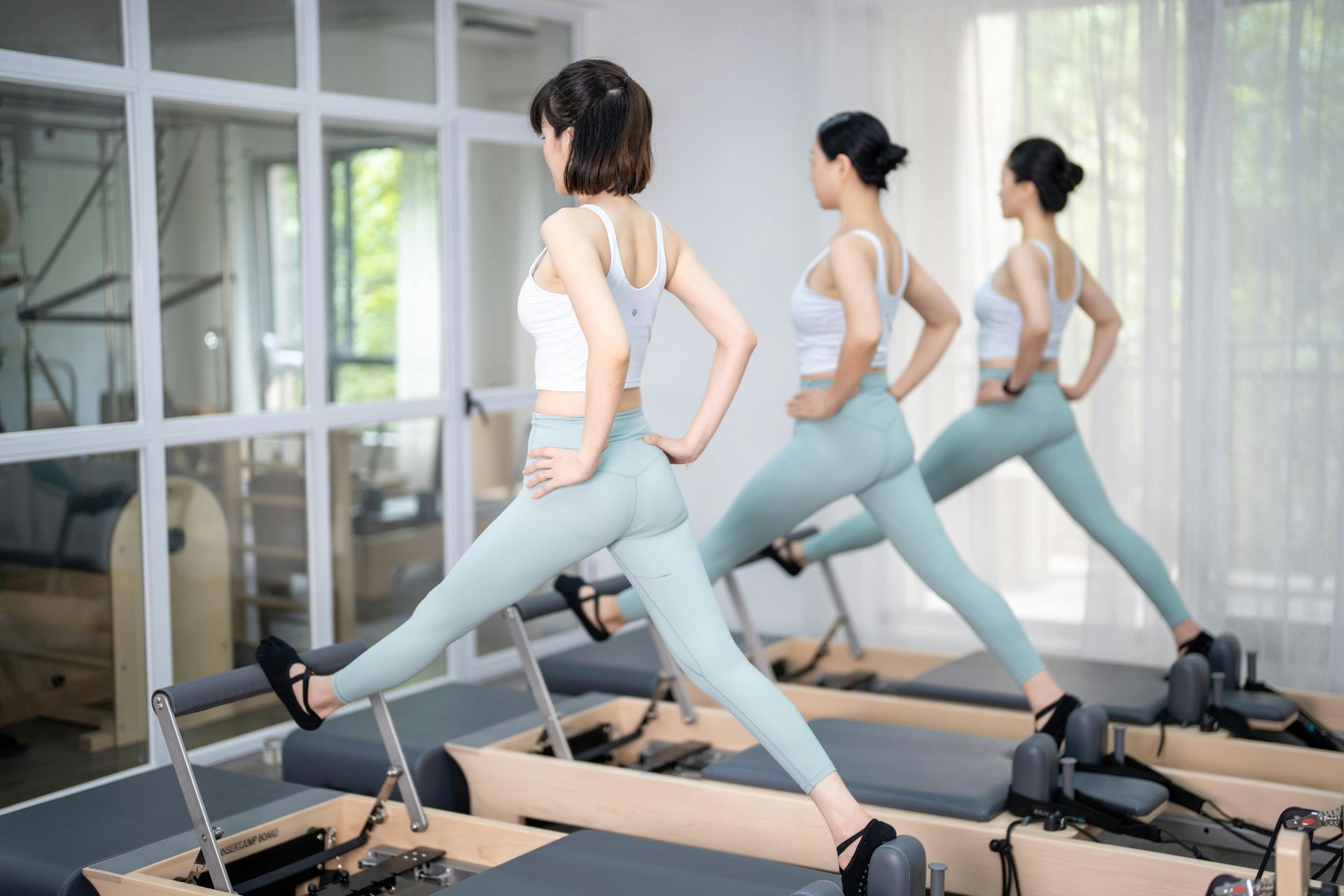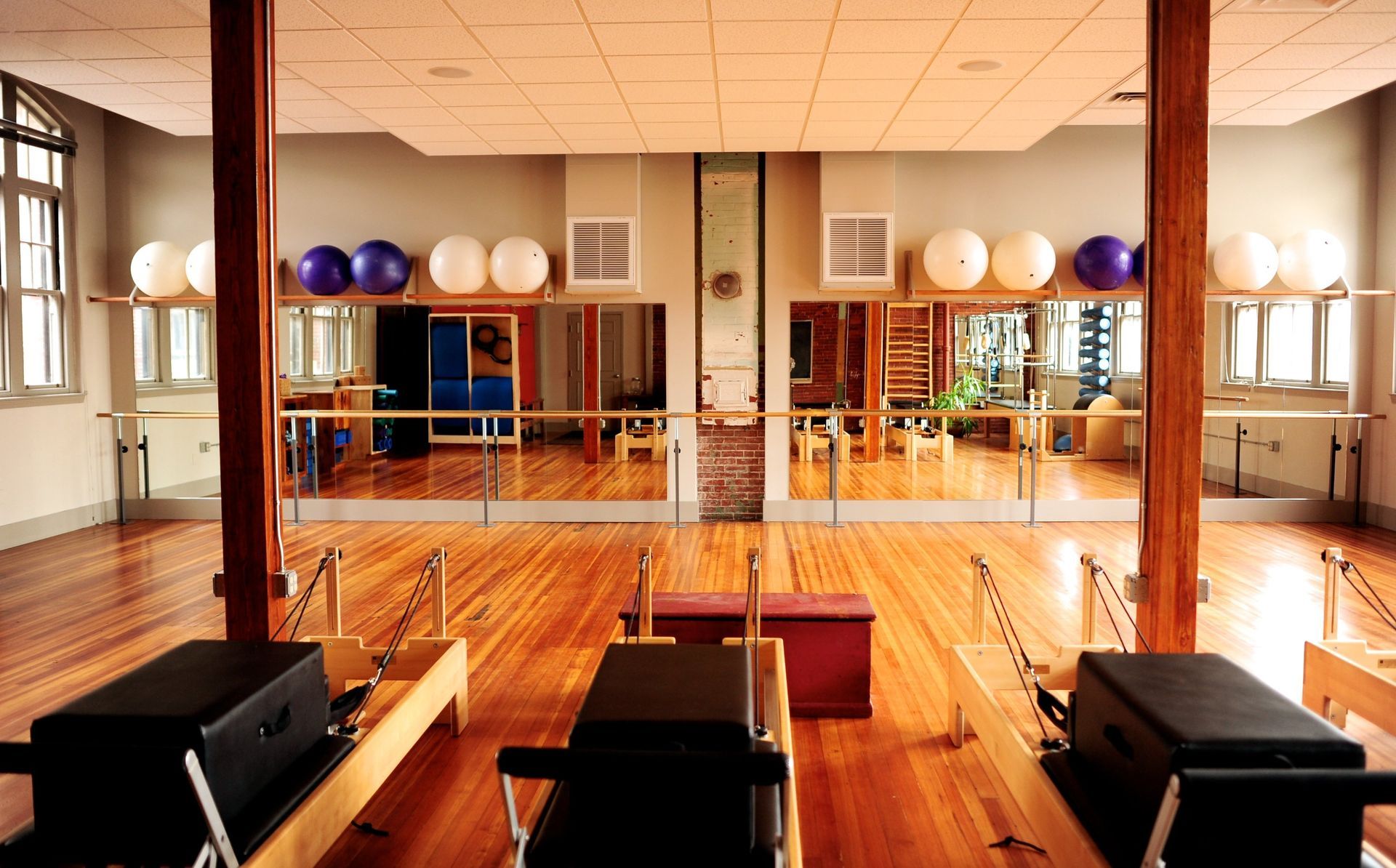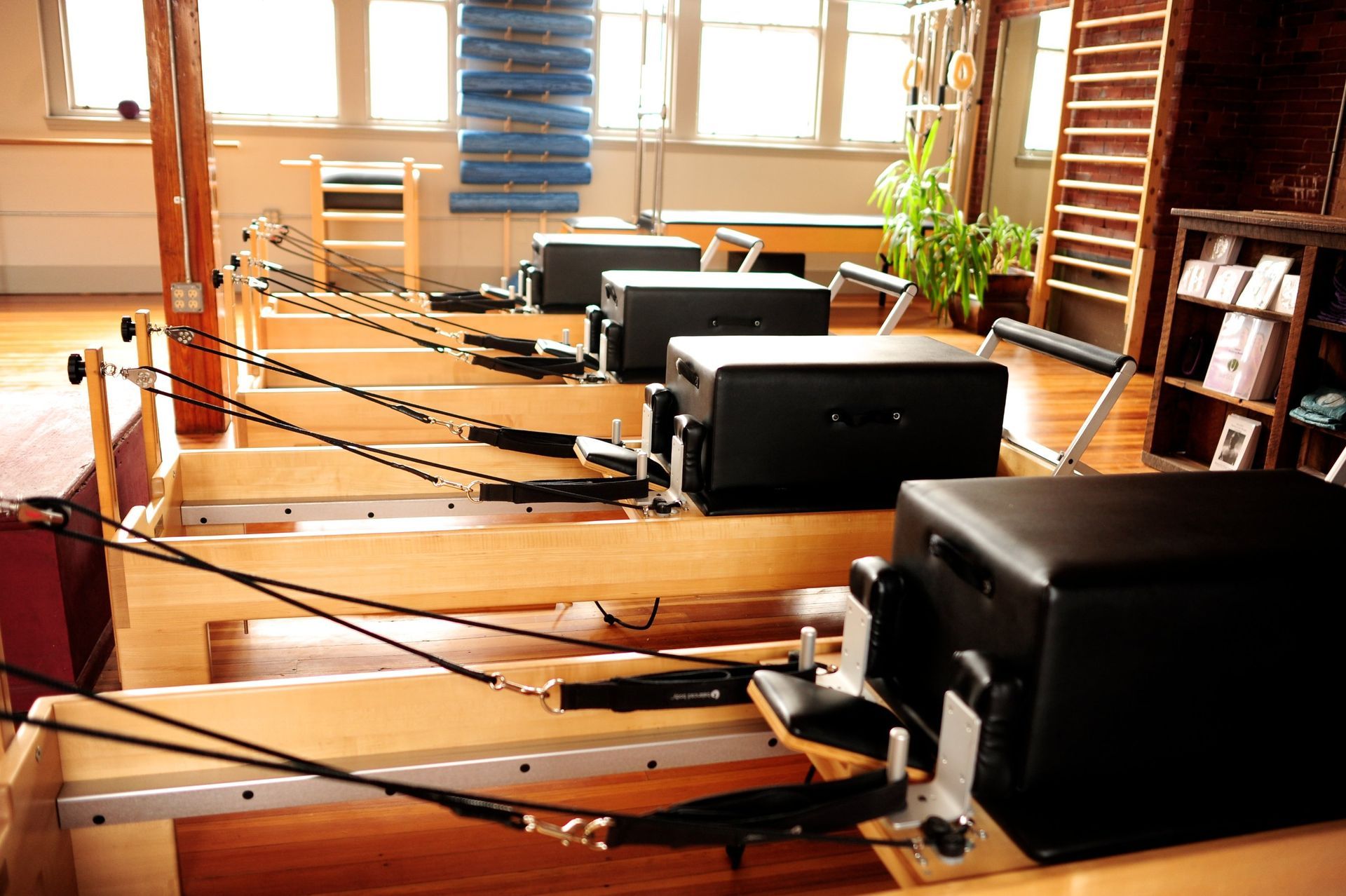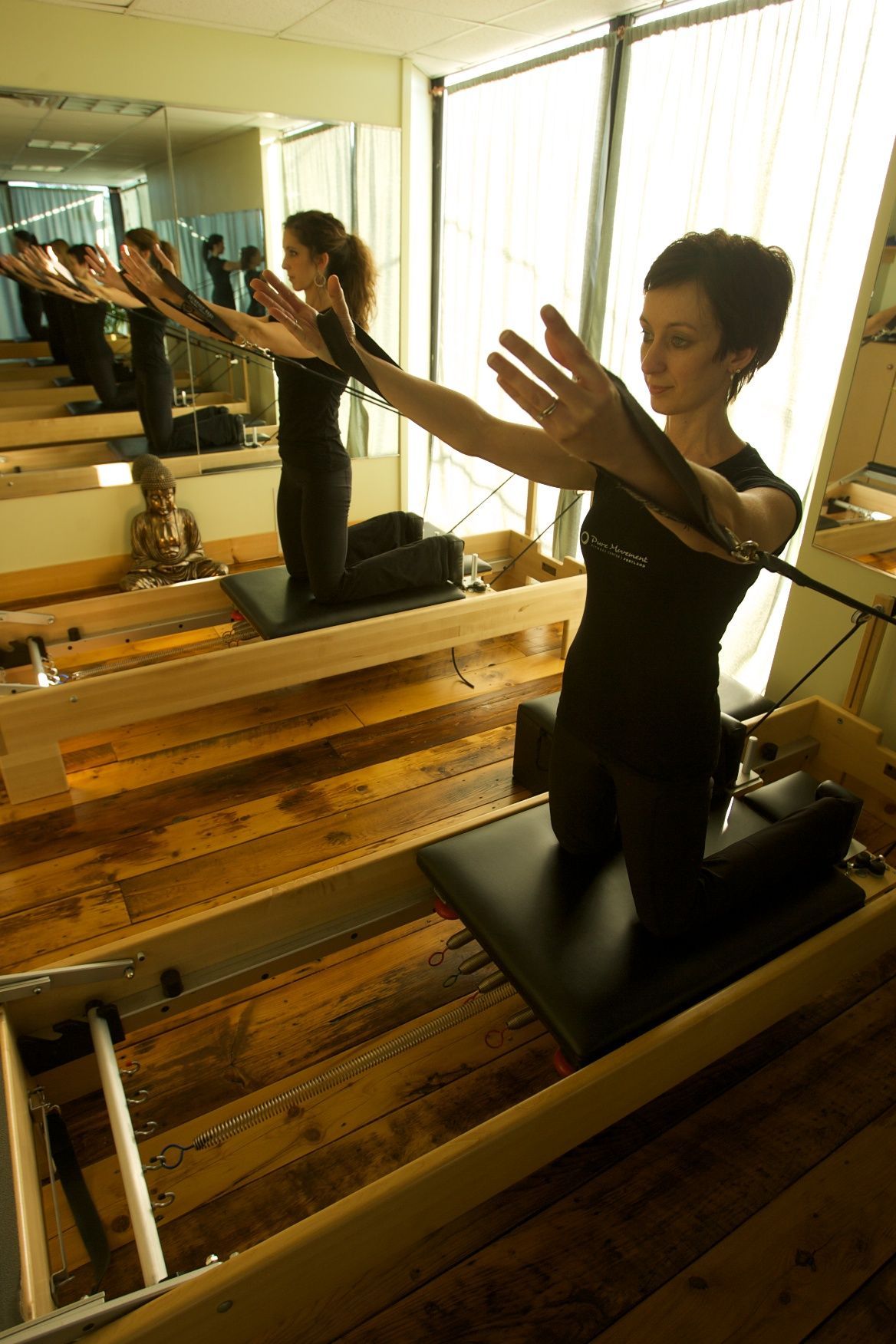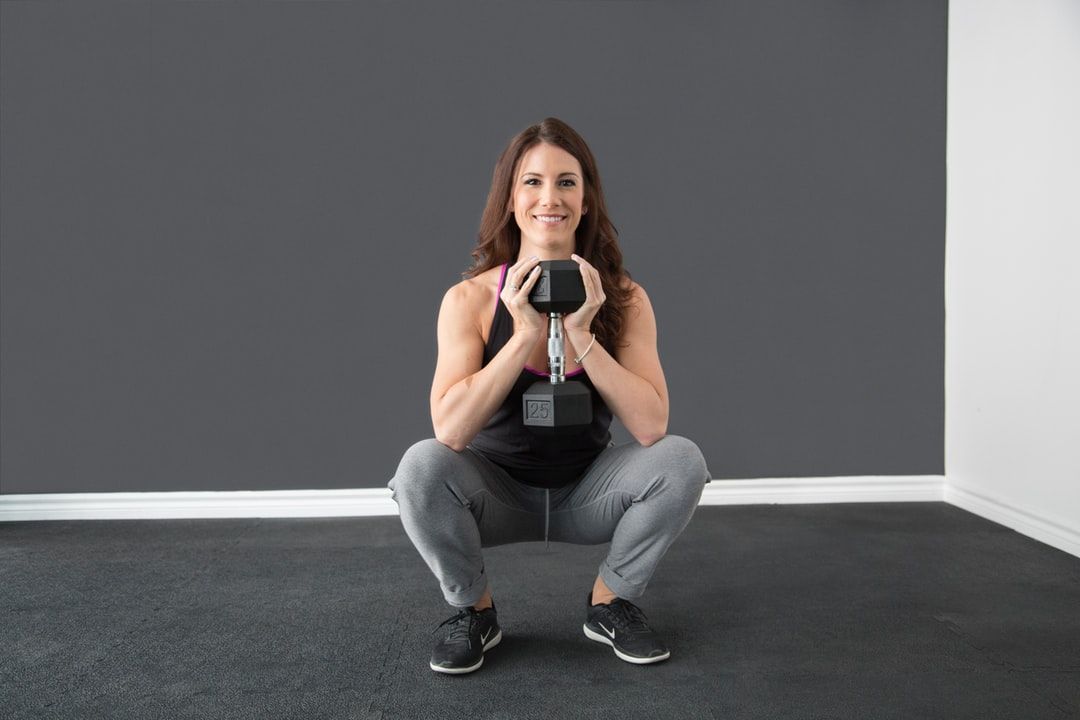Barre hurts my knees... or does it?
“Barre Hurts My Knees!” — Or Does It?
I hear this often.
“I love Barre… but it hurts my knees.”
Or:
“My doctor said Barre isn’t great for joints.”
And while I understand the concern, I also know this: it's not the Barre that’s hurting knees—it's how it's being done.
Let’s clear something up right away: your knees are joints, not muscles. Their job is to connect and bend, not stabilize or initiate. When knee pain shows up in class, it’s rarely because of the movement itself—it’s almost always a red flag that the alignment is off, the muscles aren’t engaged the right way, or we’ve stopped listening to the body’s subtle cues.
Barre (and BarSculpt especially) is not meant to hurt you—it’s meant to help you. Let’s dig into what’s really happening.
Are We Listening to Our Knees?
Your body is always talking to you. Sometimes it whispers. Sometimes it yells.
In most cases, knee pain during or after Barre class is your body’s way of waving a little red flag, saying:
“Hey! You’re leaning on me too much—I’m a joint, not a stabilizer!”
We’re often taught to ignore those whispers. Push through. Work harder. No pain, no gain.
But that mindset doesn’t belong in a BarSculpt class.
We want you to listen. To get curious. To respond before things escalate.
The Knee: What It Is and What It Isn’t
The knee performs as a hinge joint. That means it’s designed best to bend and straighten. Not rotate. Not twist. Not stabilize your whole body.
It connects the femur (thigh bone) to the tibia (shin bone), and it relies on the support of your muscles—especially your glutes, hamstrings, quads, and calves—to function well.
When those muscles aren't firing correctly—either because of faulty alignment, poor cueing, or ingrained movement patterns—the knee joint ends up taking on more than it should. And that’s when the whispers turn to yells.
Common Barre Mistakes That Can Aggravate the Knees
Here are the three most common issues I see when people experience knee discomfort in a Barre (or sometimes even Pilates) setting:
1. Tucking the Pelvis During the Warm-Up
This one drives me a little bananas.
The cue to “tuck” the pelvis is still floating around out there like it’s 1999. Tucking under may feel like you're engaging your abs, but what you're really doing is:
- Shifting your pelvis into a posterior tilt
- Over-recruiting your quads and hip flexors
- Disconnecting from your glutes
- Removing natural shock absorption from your spine
When you tuck your pelvis during thigh work, warm-up, or even standing work, you're sending that misalignment straight down the chain, overloading your knees.
BarSculpt doesn't teach the tuck.
We teach alignment. We teach engagement from the back body, so your front body doesn’t have to hold on for dear life. It’s safer, stronger, and more sustainable.
2. Misaligned Thigh Work
Thigh work is meant to light up your quads, glutes, inner thighs—and yes, your core. But too often I see:
- Feet too wide
- Knees collapsing inward or pushing too far forward
- Torso leaning back or forward
- Weight shifting into the knees instead of staying in the heels and glutes
This isn't just less effective—it's risky.
Misaligned thigh work turns a strengthening exercise into a strain on your knees.
In BarSculpt, we teach neutral pelvis, stacked joints, and abdominal engagement. We work with the natural mechanics of the body, not against them.
3. Using Joints Instead of Muscles
It’s easy to mistake movement for effectiveness.
Sure, you can dip a little lower. Sink into that plié. But if you’re using your joints to hold that position instead of activating your muscles—you’re just hanging on your knees.
Muscles should be working the hardest in every position. That’s where strength comes from. That’s where change happens.
If you’re ever in a pose and wondering, “Where should I feel this?” the answer should never be your knees.
What to Do When Your Knees Start to “Talk”
If your knees start whispering during class, here’s what I want you to do:
- Back off. You’re allowed to scale back.
- Check your form. Are your feet aligned? Are your knees tracking over your toes?
- Recruit your abdominals. Reconnect to your core—especially in thigh work.
- Reset your spine. Untuck that pelvis. Breathe. Find neutral.
- Ask questions. Your teacher (hopefully) knows modifications and better alignment cues. BarSculpt teachers certainly do.
And above all, don’t push through the pain. That mindset doesn’t make you stronger—it just teaches your body to ignore its signals.
Let’s Talk About Why BarSculpt Is Different
I’m not here to knock other methods, but I will speak clearly about BarSculpt because I built it with longevity in mind.
BarSculpt classes are:
✅ Alignment-focused
✅ Rooted in Pilates and functional movement
✅ Designed to challenge the muscles, not the joints
✅ Educator-led, not performance-driven
We don’t want you to “look” a certain way in class—we want you to feel deeply connected, strong, safe, and energized.
Barre Should Help You Move Better, Not Hurt
Our bodies are designed to move. Movement is not the enemy—misalignment is.
Barre (done right) improves posture, stabilizes the pelvis, strengthens muscles around the joints, and supports everyday life.
BarSculpt is designed not only to strengthen but to educate. You learn how to move smarter—not harder—so your knees (and hips, and spine) thank you later.
Final Thoughts: From Whispers to Wisdom
When our knees talk to us, it’s tempting to push through. But ignoring those signals rarely ends well.
Instead, we need to get curious.
Is this a form issue?
Am I tucking when I don’t need to?
Are my abdominals doing their job?
Is my teacher giving me cues that prioritize aesthetics over mechanics?
When we shift the mindset from “more is more” to “aligned is more,” everything changes. Your workouts feel better. You feel stronger. You stop avoiding class and start looking forward to it.
So no, Barre isn’t bad for your knees.
Bad movement patterns are bad for your knees.
Let’s stop blaming the method and start upgrading the message.
Want to Learn More?
If you’re a client curious about BarSculpt—or a teacher who wants to dive deeper into teaching safe, powerful movement—check out:
👉 BarSculpt Live & On-Demand Classes
👉 BarSculpt Teacher Training
👉 Contact Leslie for Workshops & Support
Your knees deserve better. Let’s give it to them.
